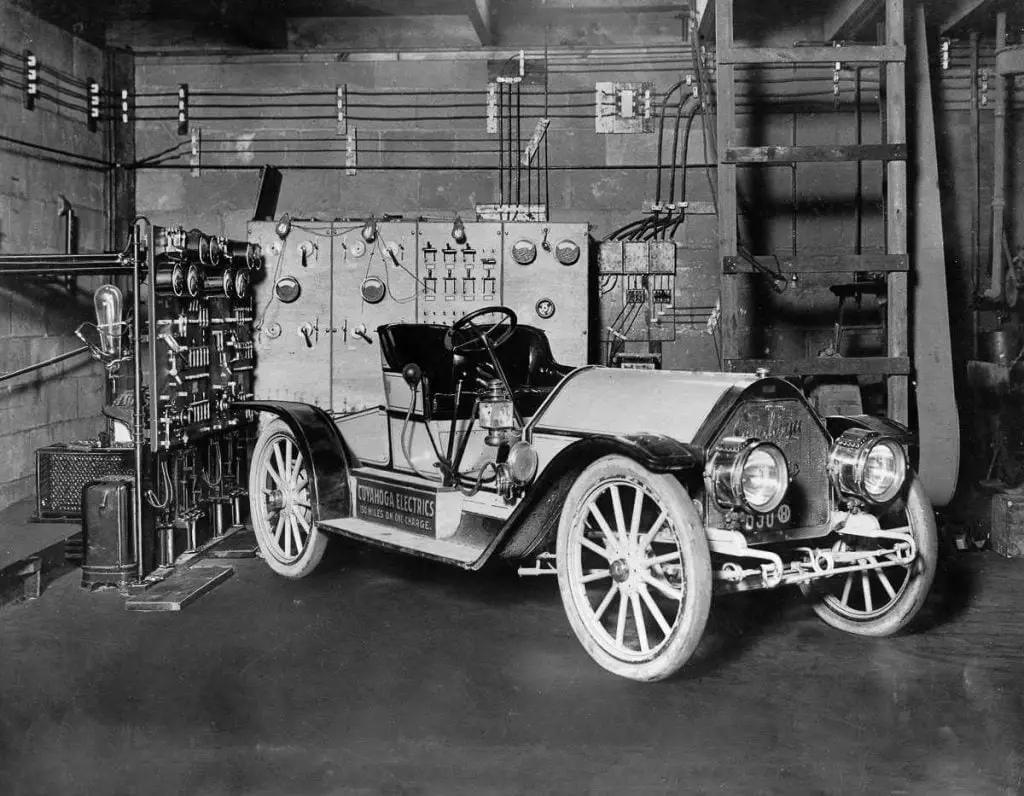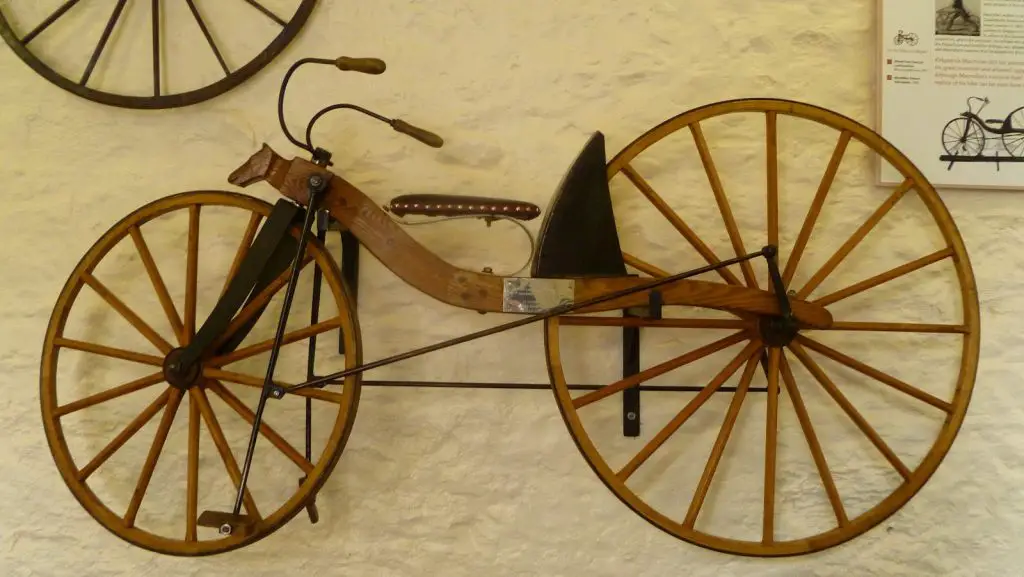The history of cars is long and exciting, with roots extending back hundreds of years. Although they weren’t mass-produced until the late 1700s, people traveled by automobile as far back as 1672, when steam engines were first developed. Cars have progressed from a novelty item into an essential part of modern life, with over 5 billion worldwide (and counting!). As they change over time with new technologies like electric engines or driverless technology being introduced every year or so, we’ve compiled this timeline of significant events in car history – both big and small – so you can see how far we’ve come since those early days!
1672: The steam engine is invented.
Thomas Savery invented the steam engine in 1672 to pump water out of mines. It could be more efficient, and he never gets rich, but it is the first machine that converts heat into mechanical work.
1769: The first car is invented.
In 1769, Karl Benz invented the first car. It had a gas-powered engine with a single cylinder and ran on three wheels. The fuel source was petrol. The vehicle was known as the Benz Patent Motorwagen at the time.
Benz built three vehicles in 1886, and they were sold to customers. In 1888, he made a four-wheel car that could reach speeds of up to.
The 1830s: The first train is made.
The first train was made in the 1830s by George Stephenson, a British engineer. James Watt and Matthew Boulton invented the steam engine for this first train in 1769.
The first train ran on the Stockton to Darlington line in 1825. Richard Trevithick, a British engineer, and inventor, invented the first steam locomotive.
1879: Car racing begins.
Car racing has been around since the late 19th century. Racing cars are built for speed and performance, often modified to improve their performance even further. They’re also made of lightweight materials that allow them to move quickly on the track.
Because of this, racing cars are often painted in bright colors so they can be easily seen by other drivers and spectators watching from the sidelines (or television).
1895: The electric car is invented.
In 1895, an electric car was invented. An electric car is a motor vehicle that gets its propulsion from electrical current.
It’s powered by a battery, which an electric generator charges. Electric vehicles are quiet and have no emissions; they can be used in the city or on long trips.
1903-1907: Henry Ford builds the Model T, making cars affordable to many people for the first time.
The Model T, built by Ford Motor Company, was the first car to be affordable for the average American and the first mass-produced vehicle. It was built on an assembly line and could be produced in two hours. The assembly line made it possible to create a car at a much lower cost than before because workers could perform one task over and over again instead of having to learn new lessons each time they moved from one step in making a product (the idea behind this is known as specialization).
1908-1909: Electric cars gained popularity in America, with over 43,000 sold by 1910.
The 1908-1909 period saw the rise of electric cars, which were more expensive than their gas-powered counterparts but had a much longer range. The vehicles were also quieter and less polluting than internal combustion engines, making them attractive to many consumers who wanted an alternative to the noisy, dirty smog that had become associated with cities like Los Angeles during this period.
1914-1918 World War I ends, and several nations build cars faster than ever.
Once made exclusively in America, the car industry also spread worldwide – from France to England, Germany to Italy, and Japan.
The years between 1914 and 1918 were a time of significant change for the automobile industry. World War I ended, and several nations began building cars faster. Once made exclusively in America, the car industry also spread worldwide – from France to England, Germany to Italy, and Japan.
1920s America saw massive growth in car ownership thanks to mass production techniques developed during World War I, which enabled the production of automobiles at a rate greater than ever before while simultaneously maintaining quality and safety standards; with one exception – Henry Ford’s assembly line accidentally cut off fingers from its workers on occasion causing lawsuits against the company.
The 1920s saw a massive growth in car ownership thanks to mass production techniques developed during World War I, which allowed cars to be produced faster than ever before without sacrificing quality or safety standards; with one exception – Henry Ford’s assembly line accidentally cut off fingers from its workers on occasion causing lawsuits against the company.
The history of cars is fascinating, and it’s easy to see why people are passionate about their vehicles. The car is an essential part of modern society, providing us with freedom and independence like no other mode of transportation ever could.




I’ll right away seize your rss feed as I can not in finding your e-mail subscription link or newsletter service. Do you have any? Kindly allow me know so that I could subscribe. Thanks.